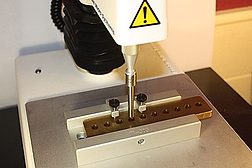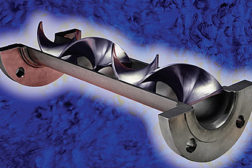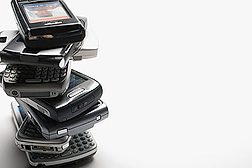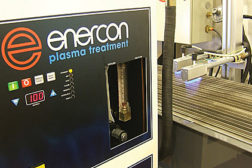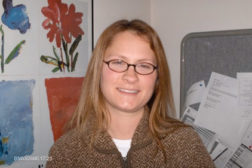Home » Publications » Adhesives & Sealants Industry
Adhesives & Sealants Industry

2013 October
Cover Story
Back to TopThe ASC has identified multiple trends and responded with Convention and Training Academy programming.
Read More
Features
Back to TopConverting Equipment for Pressure-Sensitive Adhesives
Specialized equipment is necessary to convert pressure-sensitive adhesives effectively.
October 1, 2013
Assembly in Action
Assembly Show attendees will include salespeople, engineers and managers from a variety of industries, including aerospace/defense, electronics, consumer products, automotive, and medical/pharmaceutical.
October 1, 2013
Nasal Strip Adhesion
Evaluating a product’s adhesive qualities can help manufacturers gain a clearer picture of its overall strengths and weaknesses.
October 1, 2013
Product Profile: Static Mixers
Mixer design enables complete mixing and flow division.
October 1, 2013
Market Trends: Global Consumption of Radiation-Cured Products
Product assembly adhesives for electronic, medical, and other applications accounted for 13% of the adhesive pounds.
October 1, 2013
Improving Performance of Hot-Melt Packaging Adhesives
Pure monomer resins can help improve the performance of EVA-based carton closure hot-melt packaging adhesives.
October 1, 2013
Mechanical vs. Adhesive Bonds in Assembly
Using multiple materials in assembly can provide many advantages.
October 1, 2013
Silicone Technology for Aerospace and Aircraft
Silicone’s versatility makes it a valuable asset for demanding industries.
October 1, 2013
Surface Treatment Effects
Surface treatments can affect bond strength on hard-to-bond substrates.
October 1, 2013
The Future of Electron Beam Curing
EB curing offers multiple possibilities and advantages for hardening coatings.
October 1, 2013
Columns
Back to TopAsk Dr. Dave: October 2013
We want to bond steel to foamed polystyrene in large bond areas.
October 1, 2013
Keep the info flowing with our eNewsletters!
Get the latest industry updates tailored your way.
JOIN TODAY!Copyright ©2025. All Rights Reserved BNP Media.
Design, CMS, Hosting & Web Development :: ePublishing



